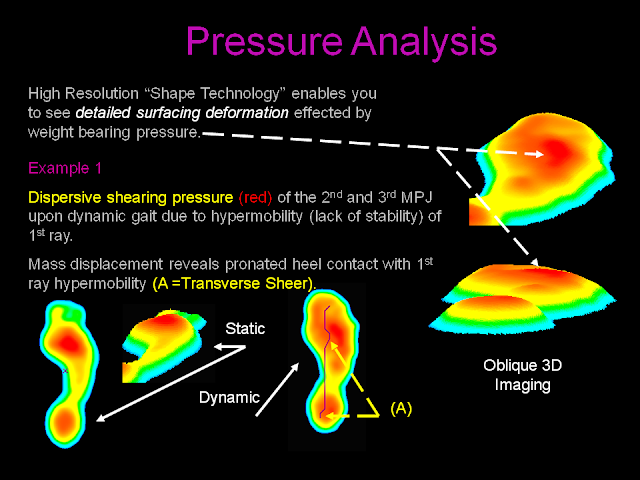The Imaging Process . . .
What to expect when you come to see us.
Why is 3DO Imaging Superior to Casting - Orthotics are manufactured based on a 60 year old "Art Form" and therefor is full of errors. 3DO Imaging evaluates Static and Dynamic body mechanics (Mass Displacement Analysis - Motion Analysis - Pressure Analysis - Body Balancing Analysis - Symmetry - Gait Analysis - 3D Geometry) where Neutral Joint Positioning is computed by Software for accurate joint alignment and function. Our focus is the total body, not just the foot.
Testing - We provide $750.00 worth of analytical testing report for free.
Testing - We provide $750.00 worth of analytical testing report for free.
- 3DO Weight Bearing Kinematic Imaging Analysis (Static Non Movement) and (Dynamic Movement). A outcome measurement report will be provided to you.
- High Resolution Optical Imaging
- Video Gait Analysis
Testing and examination time: 15-20 minutes
Best clothing to wear
- Shorts
- Pants or clothing that we can roll up to the lower leg for proper testing.
Manufacturing Time: 48 to 72 hours for Custom Bio Engineered Devices and 10 days for Custom Hand Made Ergonomic Footwear.
Locations: By Appointment Only (Monday - Friday) - Saturdays by Special Appointment
- Digital Orthotics Inc., Technical Support Center - 222 Fashion Lane, Suite 107 - Tustin CA 92780 (714) 669-9600. The map below provides directions from our old office to our new location.
- Digital Orthotics Inc., Riverside Production Unit - 3293 Trade Center Drive - Riverside CA 92507 (951) 686-2600 - Testing and Analysis performed by John Giraldo, Production Lab Manager.














